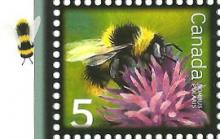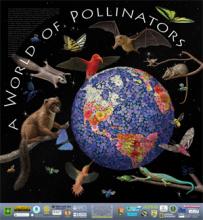Neonicotinoid Insecticides Alter Induced Defenses and Increase Susceptibility to Spider Mites in Distantly Related Crop Plants
Chemical suppression of arthropod herbivores is the most common approach to plant protection. Insecticides, however, can cause unintended, adverse consequences for non-target organisms. Previous studies focused on the effects of pesticides on target and non-target pests, predatory arthropods, and concomitant ecological disruptions. Little research, however, has focused on the direct effects of insecticides on plants. Here we demonstrate that applications of neonicotinoid insecticides, one of the most important insecticide classes worldwide, suppress expression of important plant defense genes, alter levels of phytohormones involved in plant defense, and decrease plant resistance to unsusceptible herbivores, spider mites Tetranychus urticae (Acari: Tetranychidae), in multiple, distantly related crop plants. Using cotton (Gossypium hirsutum), corn (Zea mays) and tomato (Solanum lycopersicum) plants, we show that transcription of phenylalanine amonia lyase, coenzyme A ligase, trypsin protease inhibitor and chitinase are suppressed and concentrations of the phytohormone OPDA and salicylic acid were altered by neonicotinoid insecticides. Consequently, the population growth of spider mites increased from 30% to over 100% on neonicotinoid-treated plants in the greenhouse and by nearly 200% in the field experiment.










